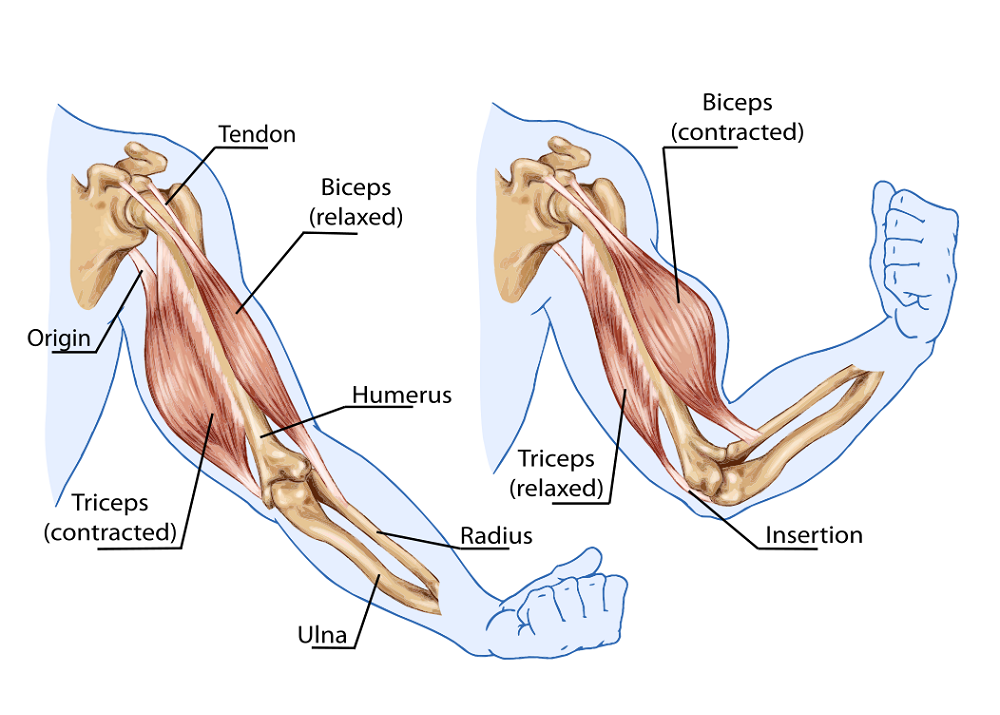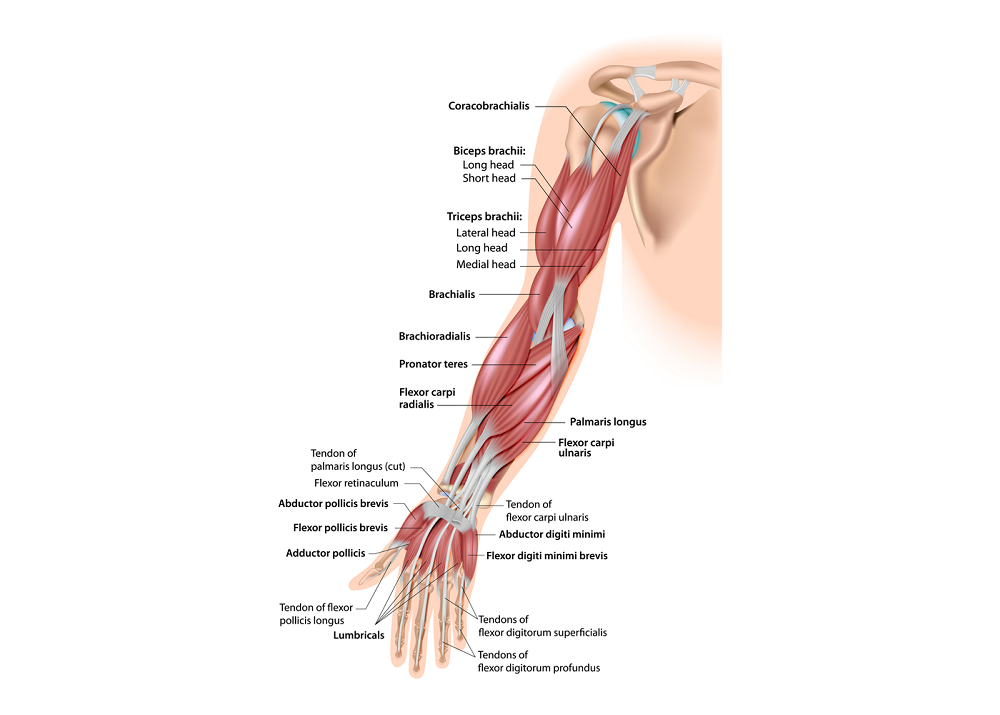Introduction:
The human body is a marvel of biomechanical precision, and nowhere is this more evident than in the intricate collaboration between muscles. In this exploration, we delve into the anatomical relationships between the gastrocnemius and hamstrings, two powerhouse muscle groups that contribute significantly to the complexities of lower limb movement.
Anatomy of the Gastrocnemius:
-
Origin and Insertion: The gastrocnemius, a prominent calf muscle, has two heads that originate from the femur's condyles. These heads converge to form the Achilles tendon, attaching to the calcaneus (heel bone). This unique structure plays a pivotal role in plantarflexion of the ankle.
-
Function: The primary function of the gastrocnemius is to facilitate plantarflexion, pointing the foot downward. It comes into play during activities like walking, running, and jumping, providing the necessary propulsion and stability.
Anatomy of the Hamstrings:
-
Muscle Components: The hamstrings consist of three muscles – the biceps femoris, semitendinosus, and semimembranosus – located at the back of the thigh. These muscles originate from the ischial tuberosity and insert onto the tibia and fibula, contributing to knee flexion and hip extension.
-
Dual Joint Action: The hamstrings are unique as they cross both the hip and knee joints. This dual joint action allows them to play a crucial role in activities involving both leg movement and hip stability.
Functional Relationships:
-
Running and Propulsion: The coordinated action of the gastrocnemius and hamstrings is vital in activities like running. The gastrocnemius aids in the push-off phase, while the hamstrings control the flexion of the knee, contributing to the leg's forward swing.
-
Jumping and Landing: During jumping, both muscle groups work together to generate power and control the descent. The gastrocnemius aids in pushing off the ground, while the hamstrings contribute to the controlled bending of the knee upon landing.
Clinical Insights and Rehabilitation:
-
Injury Prevention: Understanding the interplay between the gastrocnemius and hamstrings is crucial for injury prevention. Imbalances or weaknesses in either muscle group can lead to increased stress on joints and a higher risk of strains or injuries.
-
Rehabilitation Strategies: In rehabilitation, a holistic approach is often taken to strengthen and stretch both the gastrocnemius and hamstrings. Targeted exercises aim to restore balance, flexibility, and strength, facilitating optimal lower limb function.
Conclusion:
The symbiotic relationship between the gastrocnemius and hamstrings exemplifies the intricate harmony within the human musculoskeletal system. From propelling us forward during a run to ensuring a controlled landing after a jump, these muscles are true partners in the symphony of movement. As we unravel the anatomical nuances, a deeper appreciation emerges for the coordinated effort that shapes the fluidity and efficiency of our lower limb actions.



